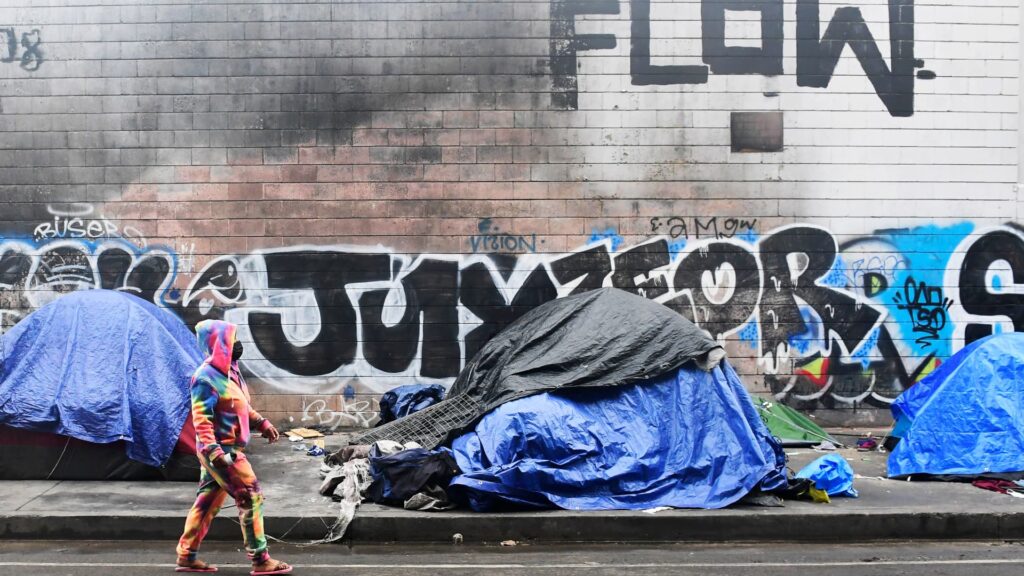The AI model was developed by the California Policy Lab at UCLA over the course of several years, using data provided by Los Angeles County’s Chief Information Office. The CIO integrated data from seven different county departments, de-identified for privacy, including emergency room visits, behavioral health care, and large public benefits programs from food stamps to income support and homeless services. The program also pulled data from the criminal justice system.
In December of last year, single mom Courtney Peterson was laid off from her job working for a now-shuttered inpatient transitional living program. Peterson was concerned about making January’s rent and reached out to local churches and organizations for assistance. However, instead of an eviction notice, Peterson received a letter from the Homelessness Prevention Unit within the Los Angeles County Department of Health Services, offering a lifeline through a pilot program that uses predictive artificial intelligence to identify individuals and families at risk of becoming homeless.
Launched in 2021, the technology has helped the department serve nearly 800 individuals and families at risk of homelessness, with 86 percent of participants retaining permanent housing when they leave the program, according to Dana Vanderford, associate director of homelessness prevention at the county’s Department of Health Services. The program offers individuals and families access to between $4,000 and $8,000, with most of the funding coming from the American Rescue Plan Act.
Predicting Risk
Once the model identified patterns in who experienced homelessness, the lab used it to make predictions about the future, creating an anonymized list of individuals ranked from highest risk to lowest. The lab provided the list to the county so outreach could be made to people who may be at risk of losing housing before it happened. The Policy Lab provided the software to the county for free and does not plan to monetize it, highlighting the importance of collaboration between AI experts and subject matter experts for positive social outcomes.
The National Alliance to End Homelessness found in 2017 that a chronically homeless person costs the taxpayer an average of $35,578 per year, with costs reduced by nearly half when individuals are placed in supportive housing. Counties like Los Angeles and Santa Clara are exploring similar predictive AI programs to combat homelessness.
Government Use of Artificial Intelligence
AI in government agencies has faced scrutiny due to potential outcomes, such as police reliance on AI technology leading to wrongful arrests. Ethical concerns around the government use of AI include the context of use, safety of identifiable information, informed consent from program participants, and the risk of data misuse. While the technology aims to provide aid in preventing homelessness, there are broader questions regarding cost-effectiveness and the system’s effectiveness and impact.
As for individuals like Courtney Peterson, the program’s assistance has provided stability and hope for a better future. Peterson received financial aid to cover rent, utilities, and basic needs, allowing her to stay in her apartment while she searches for a new job. The program’s focus on prevention and early intervention is crucial in helping individuals and families maintain housing stability and avoid the challenges of homelessness.











